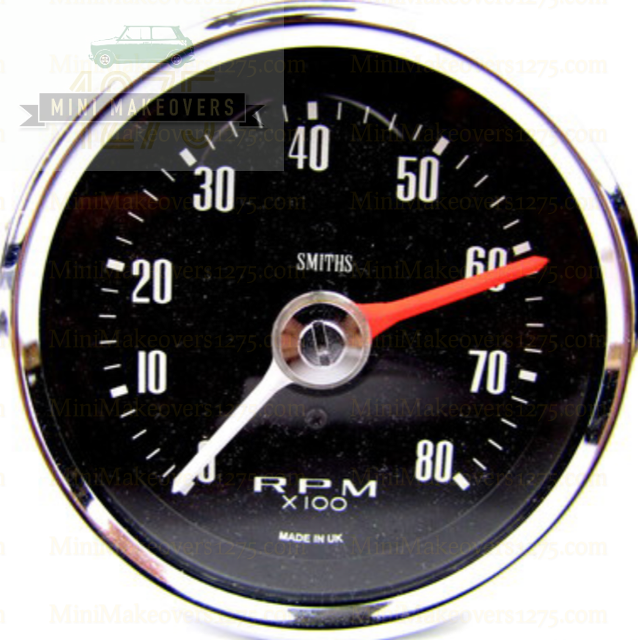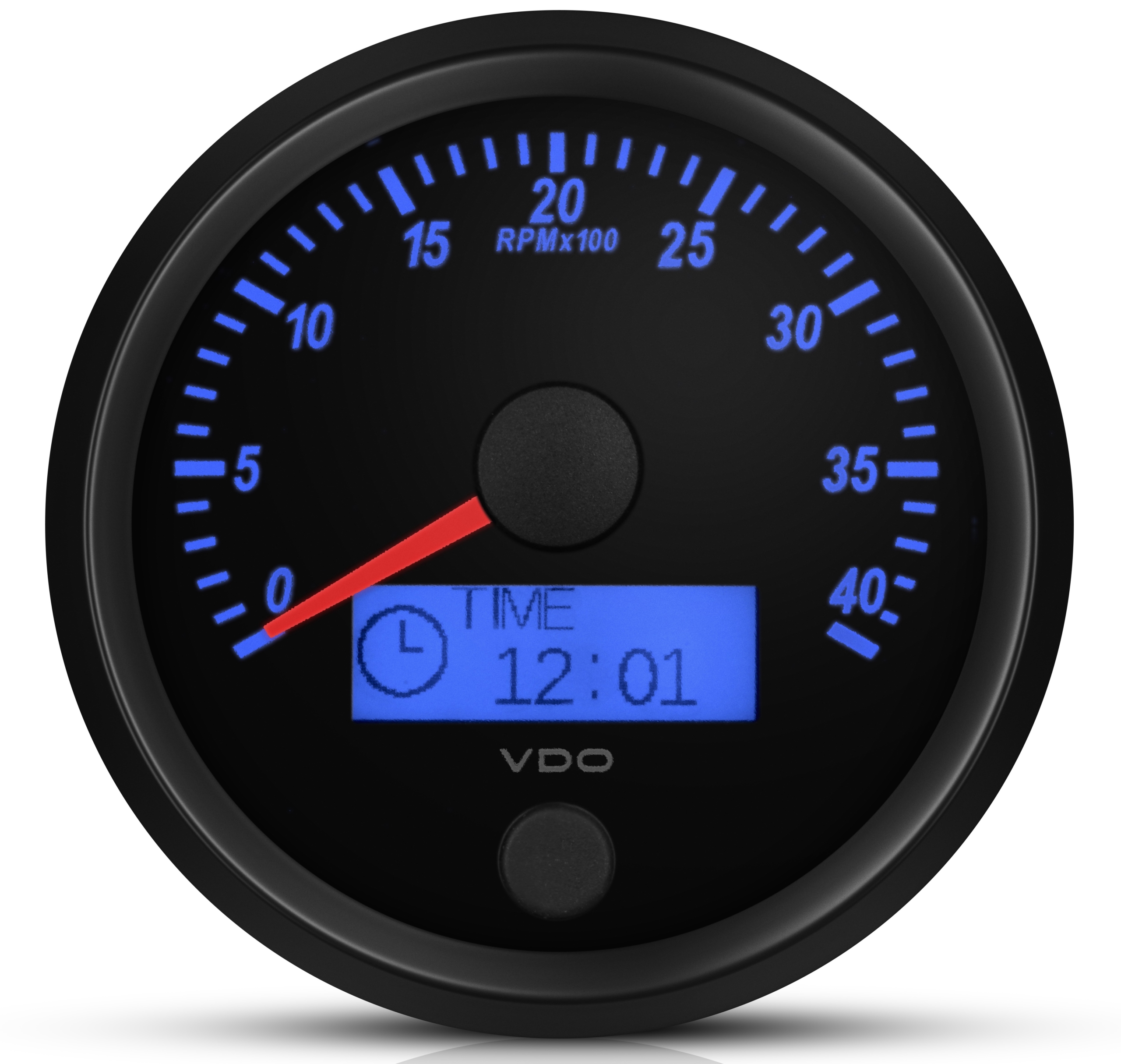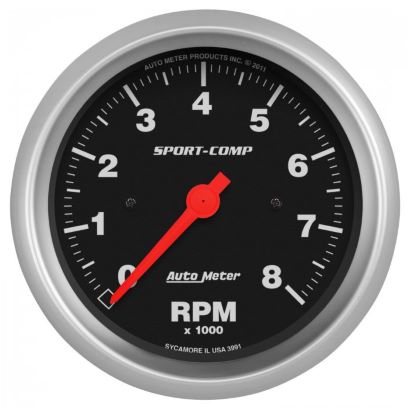How to Select the Right Tachometer for Your Car or Motorbike
How to Select the Right Tachometer for Your Car or Motorbike
Blog Article
The Significance of a Tachometer in Checking Engine Speed and Efficiency in Automotive Applications
In the world of automotive engineering, the tachometer stands as a critical tool in the driver's toolbox, supplying a straight window into the internal functions of a vehicle's engine. Past its function as a mere gauge of transformations per min (RPM), the tachometer serves as an essential tool for fanatics and professionals alike, using real-time understandings into engine efficiency and health.
Relevance of Checking Engine RPM
Checking engine RPM, or revolutions per min, is a crucial facet of automobile upkeep and efficiency analysis. Engine RPM straight associates with the speed at which the engine's crankshaft revolves, suggesting just how swiftly the engine is running - tachometer. By checking RPM, technicians can examine the health and wellness of the engine, discover potential issues, and fine-tune efficiency. An uncommon RPM analysis may signal troubles such as engine misfires, malfunctioning stimulate plugs, or problems with the gas distribution system. Constantly high RPM analyses could show hostile driving practices or the need for a greater gear shift to boost gas efficiency.
Moreover, monitoring engine RPM is vital for efficiency assessment in auto racing and high-performance lorries. In summary, keeping track of engine RPM is not just essential for spotting problems yet also for enhancing engine efficiency in numerous automotive applications.

Advantages of Real-Time Information
In auto applications, real-time information plays a crucial role in offering immediate understandings right into the efficiency and condition of the automobile. By constantly keeping an eye on numerous criteria such as engine rate, temperature level, fuel usage, and a lot more, real-time information uses many advantages that add to improved effectiveness and safety and security on the roadway.
Additionally, real-time data helps with efficiency optimization by providing instant comments on driving routines and engine efficiency. Drivers can change their habits in real-time based on this information to attain much better fuel economic situation and extend the life-span of their automobile.

In addition, real-time data plays a crucial duty in modern-day auto diagnostics, making it possible for technicians to quickly diagnose and resolve breakdowns. This brings about reduced downtime, lower upkeep costs, and inevitably, boosted overall vehicle reliability and longevity (tachometer). By taking advantage of the power of real-time data, auto stakeholders can make educated decisions that positively impact both the performance and long life of the vehicle
Influence On Equipment Shifts
The tachometer plays a crucial function in maximizing equipment changes by giving real-time engine speed information more helpful hints to the motorist. When approaching the redline on the tachometer, it signals the motorist to upshift to avoid check out here over-revving the engine and triggering prospective damages.
Furthermore, the tachometer help in achieving smoother gear changes, specifically in hand-operated transmissions. By keeping track of engine speed, drivers can carry out equipment shifts at the optimum RPM range, minimizing jerking movements and reducing wear on the transmission components. This precision in gear adjustments not just enhances driving convenience but also adds to sustain effectiveness.
Enhancing Gas Effectiveness
Offered the critical duty the tachometer plays in enhancing equipment shifts for efficiency and engine health, it directly adds to optimizing gas effectiveness in vehicle applications. By providing real-time feedback on engine rate, the tachometer aids chauffeurs in preserving the most effective RPM array for gas economic climate. When motorists consistently monitor the tachometer and change their driving practices appropriately, they can prevent unneeded fuel consumption triggered by over-revving or hauling the engine.
In addition, the tachometer helps motorists recognize go to this site the most fuel-efficient gear to be in at any kind of provided minute, protecting against the engine from functioning more difficult than required. This is especially crucial during velocity and cruising, where remaining in the right equipment can considerably influence fuel efficiency. Additionally, the tachometer can signal drivers to prospective mechanical issues that could be adversely impacting gas economic situation, such as a slipping clutch or a clogged up air filter. To conclude, the tachometer offers as a useful device in enhancing fuel effectiveness by advertising optimal driving behaviors and identifying areas for enhancement in the lorry's efficiency.

Optimizing Engine Longevity
The tachometer's duty in checking engine rate and efficiency contributes in making certain the long life of automotive engines. By utilizing the tachometer successfully, drivers can optimize engine durability through mindful RPM administration. Constantly revving an engine too expensive can lead to extreme damage on important components, such as the pistons, valves, and bearings. With time, this can cause lowered engine efficiency and potential breakdowns. Keeping an eye on the tachometer allows chauffeurs to stay within the recommended RPM variety for their car, protecting against unneeded stress on the engine and expanding its life-span.

Conclusion
Finally, the tachometer plays a critical role in monitoring engine rate and performance in automotive applications. By providing real-time data on RPM, it enables efficient equipment shifts, improved gas performance, and maximized engine durability. This device is necessary for keeping optimum engine efficiency and guaranteeing the overall performance of an automobile.
Report this page